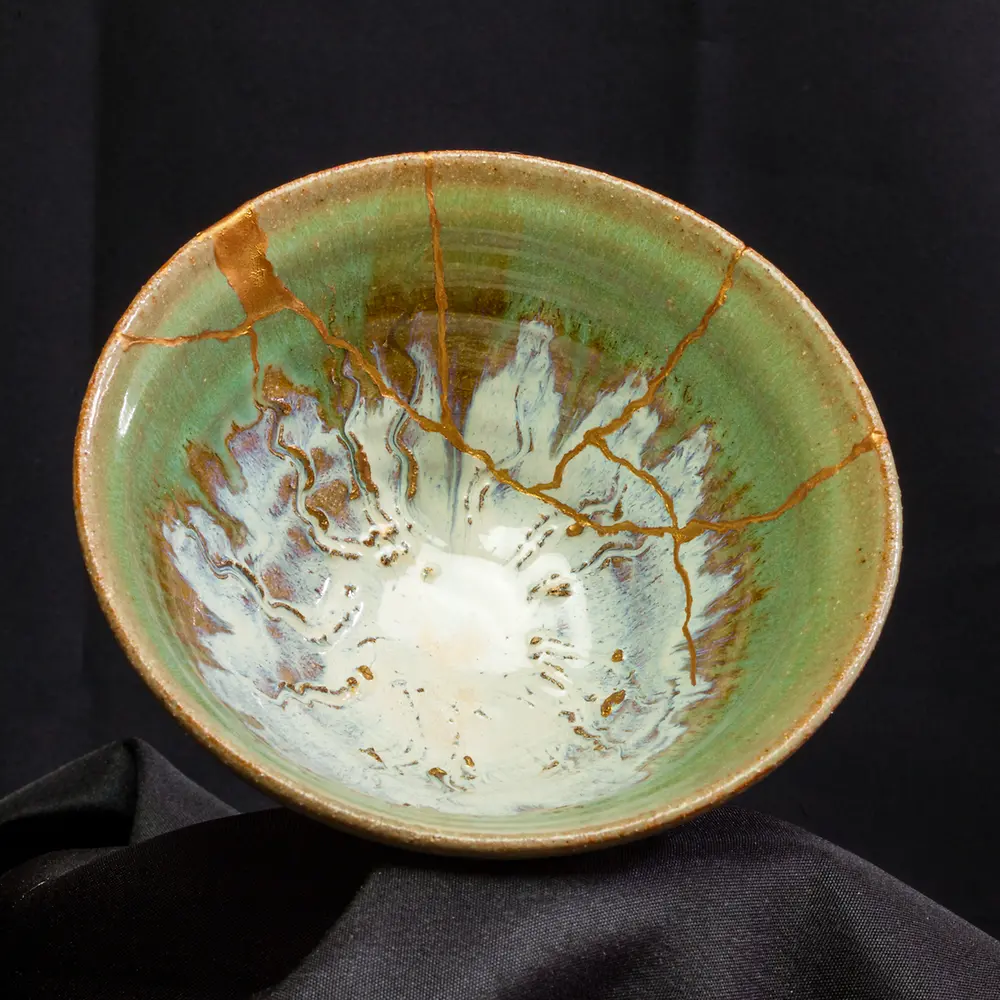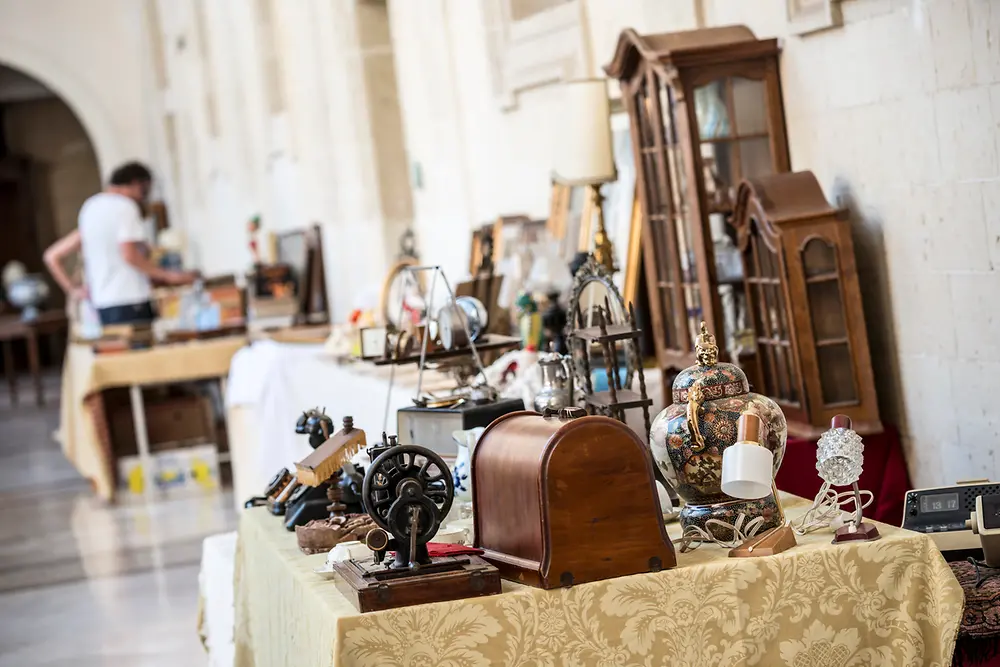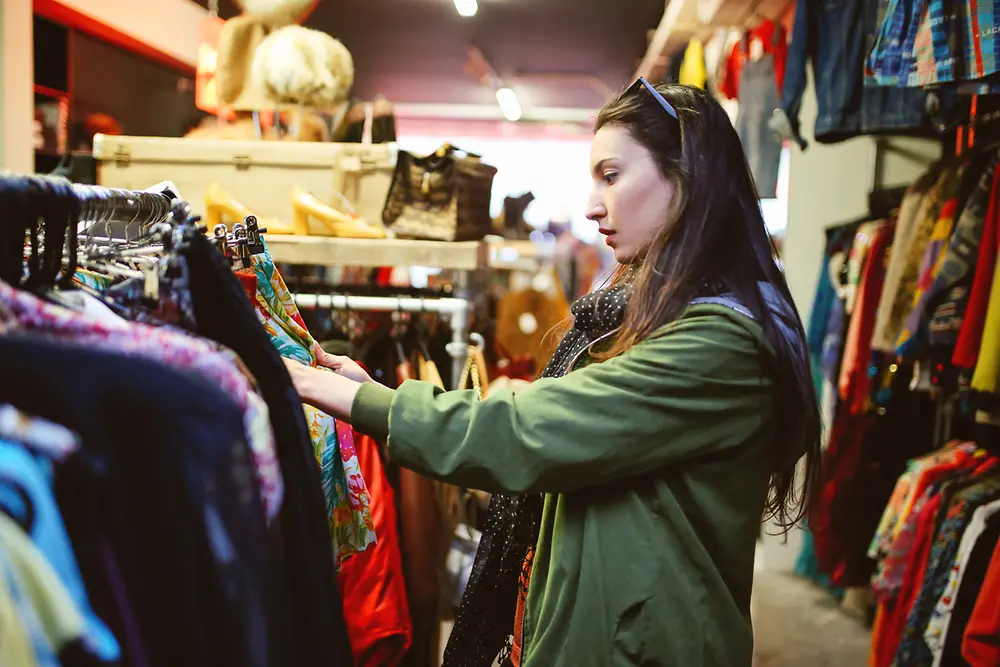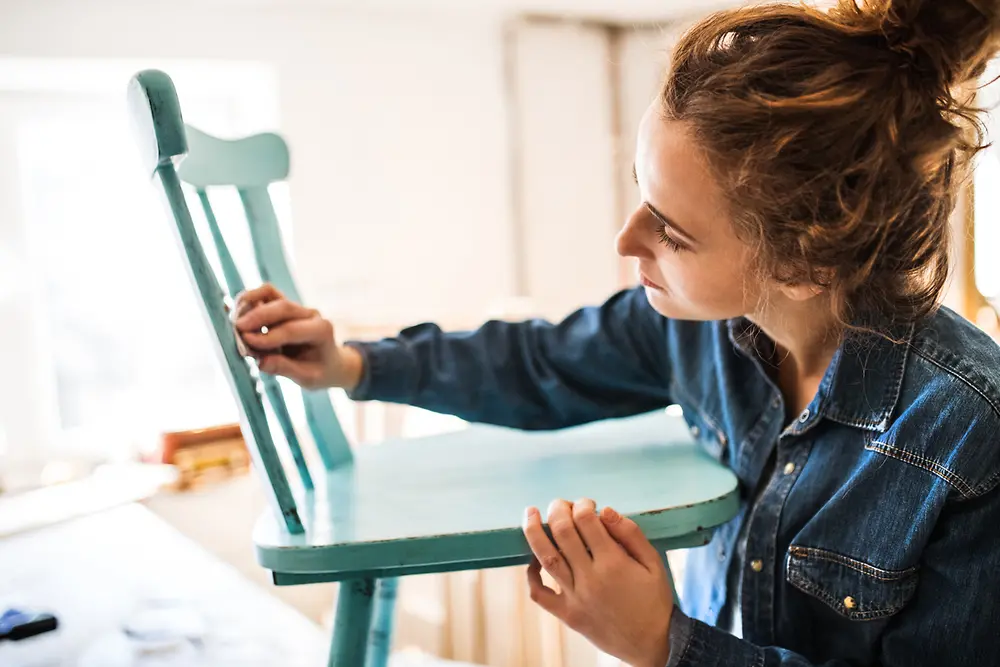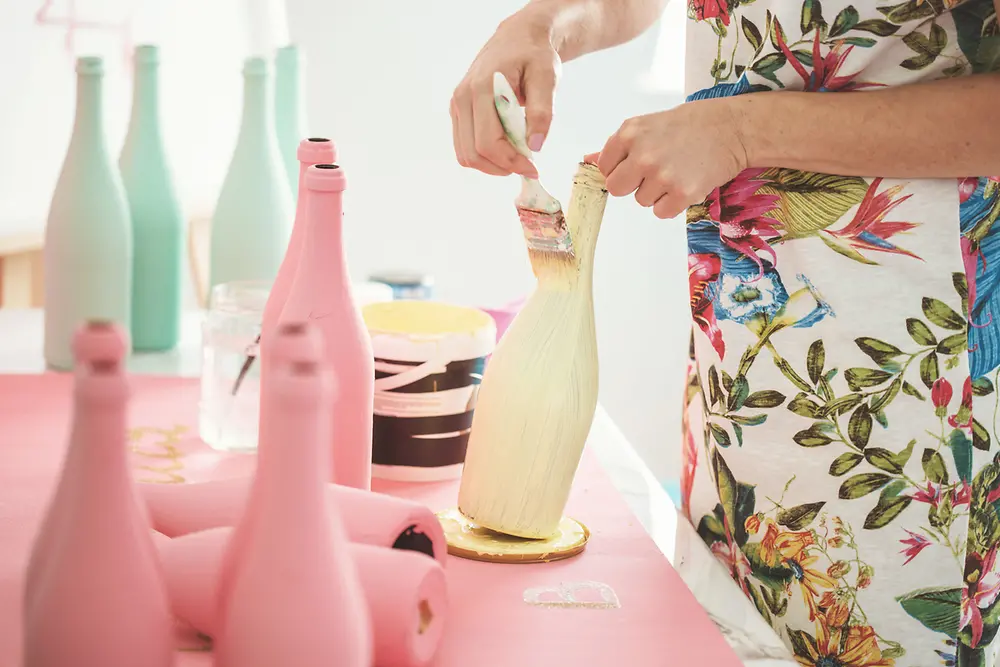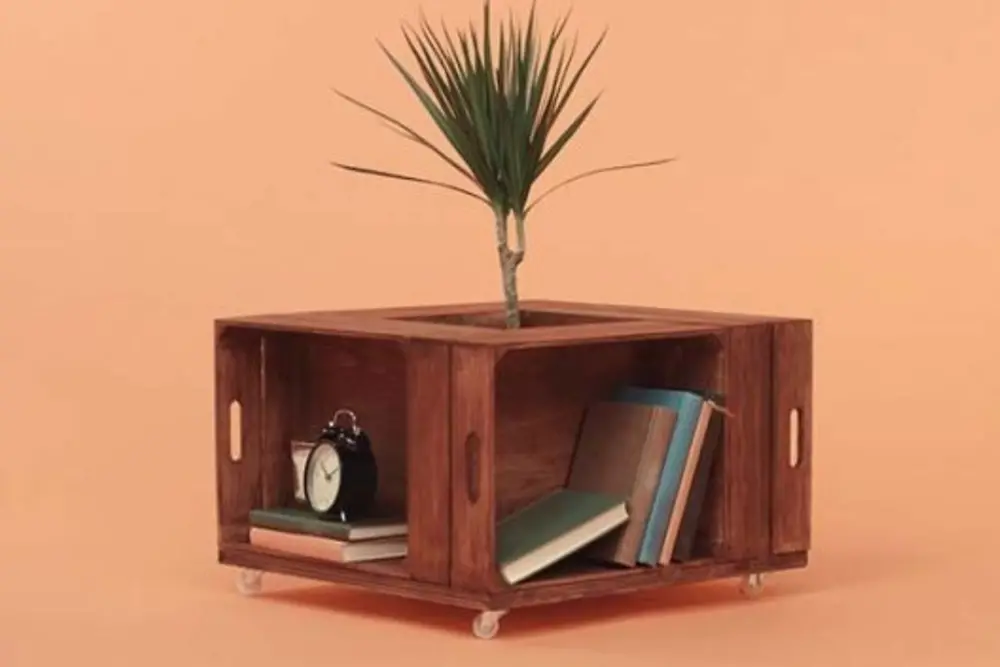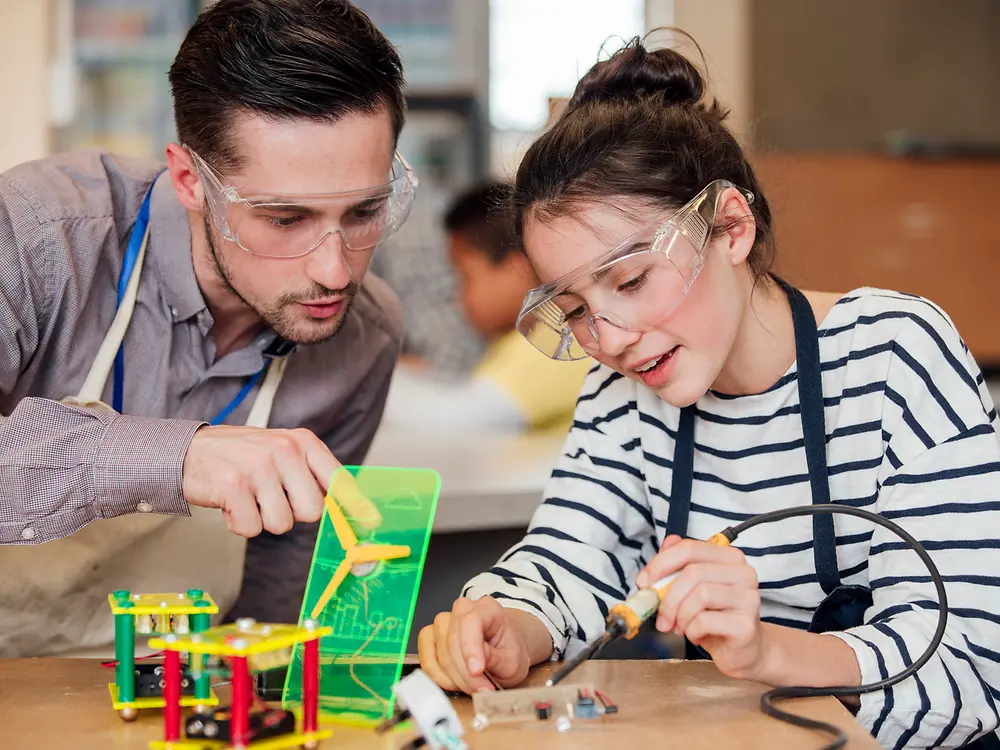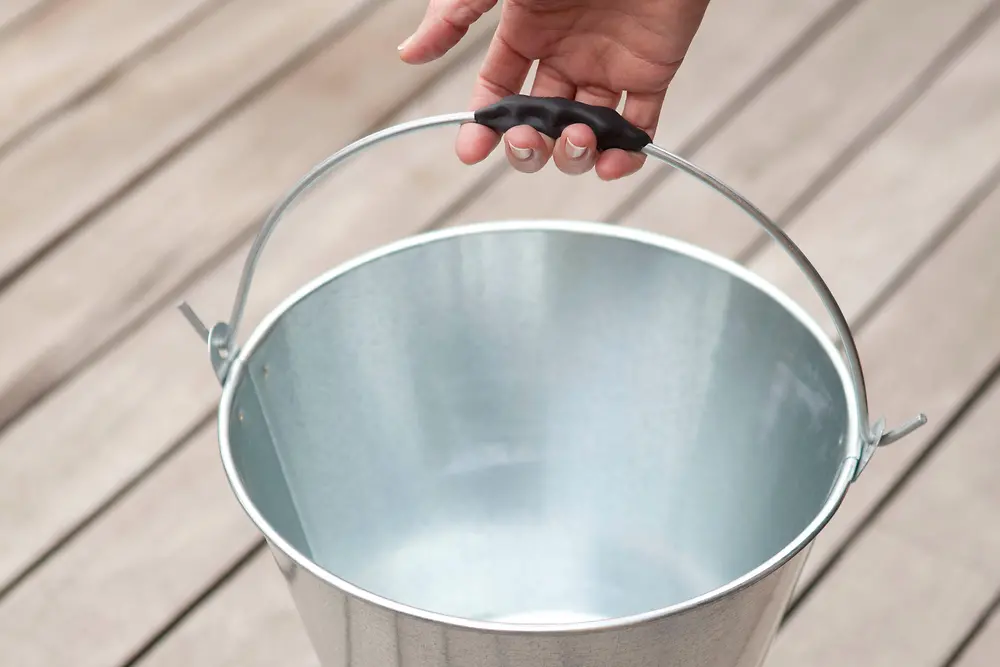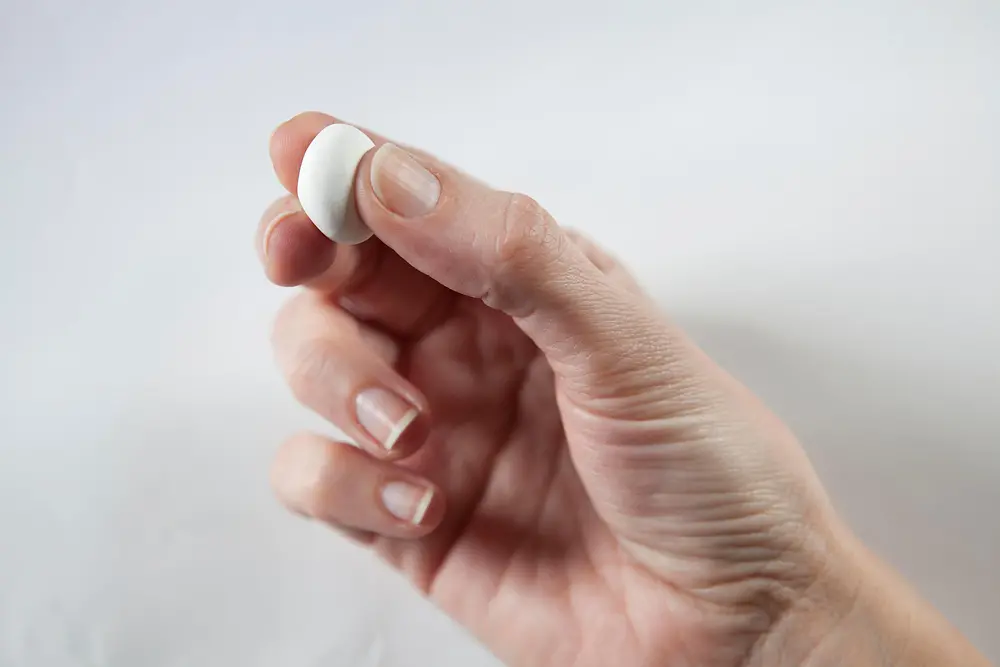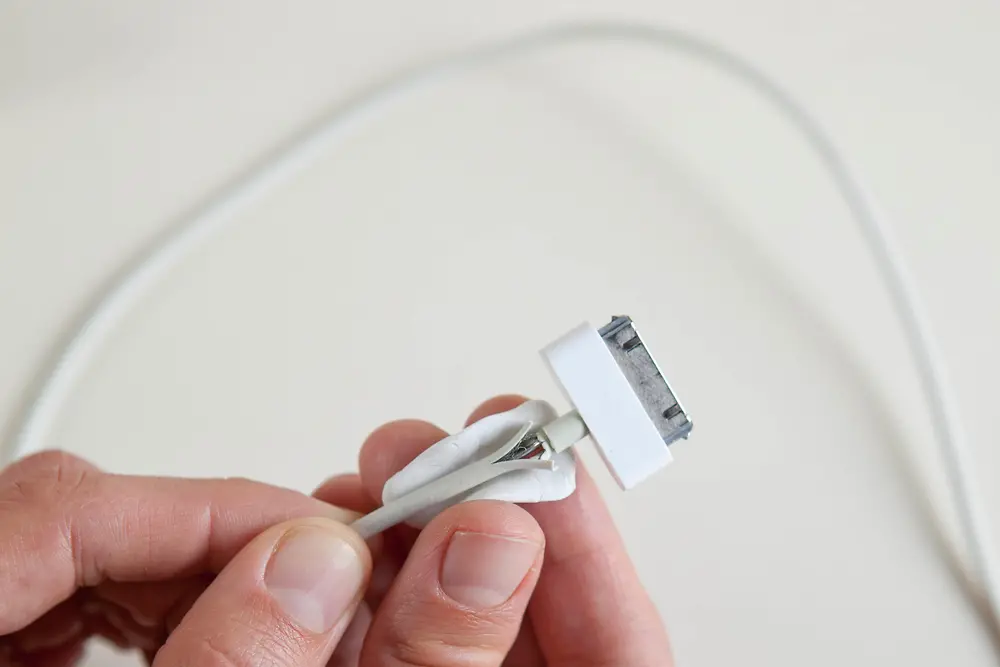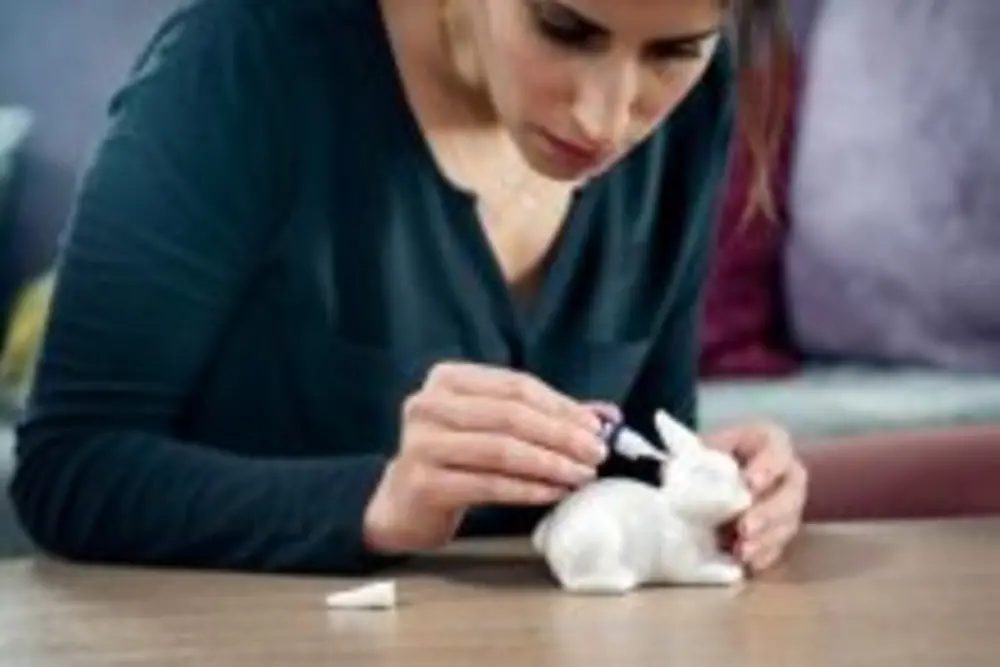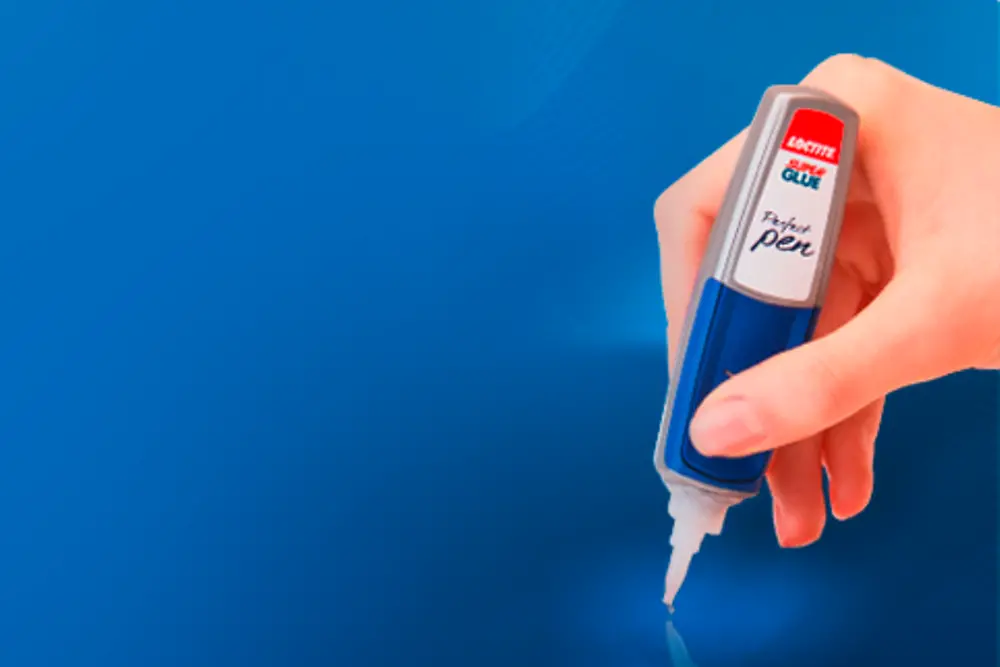Do it yourself – A trend for upcycling, repairing, and crafting that’s here to stay
Used objects are great. Unique artefacts are even better. Repairing defects and keeping old items in use has become an integral part of many a modern, sustainable lifestyle – and it’s a lot more fun than throwing something away. Crafts, swaps and repairs have blossomed into a global trend.
One moment of inattention, a single wrong move, and already the porcelain plate lies shattered on the kitchen floor. If the dish wasn’t part of your finest set, you will probably sweep up the remains and dump them in the trash. After all, you can purchase a replacement in no time – at least nowadays. In the past, darning socks, patching holes and mending fissures or broken fragments used to be the norm. To this day in Japan, sticking shattered porcelain back together is considered to be an art form in its own right. “Kintsugi” is more than just a skillful repair job. The method infuses new life into old objects and elevates their flaws into embellishments. Only a handful of masters are still competent in this technique, which involves coating each individual fragment in a special tree resin multiple times and then letting it dry for several months. Fine gold or silver pigments in the filler transform the cracks into shiny adornments.
Damaged devices and worn-down objects are becoming increasingly popular in Germany, too. Owning things, discarding them and purchasing replacements has become taboo for many people. The countertrend is all about sharing, reworking and repairing. Things that are no longer used don’t necessarily need to end up in the trash. Second-hand clothing has long been a standard fixture in retail. However, people nowadays don’t just purchase used products: They also swap or rent them. In cities especially, swap communities and app-based clothing exchanges have grown rapidly.
Shabby chic, vintage, upcycling – so long as it’s unique
Even seemingly worthless materials can live a second life as part of a designer statement piece – or at least become unexpectedly decorative. “Upcycling” is the process of giving fresh value to old objects through a new purpose or function. One of the most notorious upcycled products is a shoulder bag made from truck tarpaulins, which Swiss designer Markus Freitag has been selling through his eponymous company since 1993. All over the world, ideas are emerging to reuse waste products and market them to customers again. For instance, Dutch firm Newspaper Wood is reversing one the oldest production processes: Instead of making paper from wood, its designers produce furniture with “newspaper wood” by coating and pressing old newspapers. They create highly coveted lamps and tables with the robust blocks they obtain this way. One American duo is proving to be doubly creative. The founders of bureo purchase old and broken nets from Chilean fishermen. This prevents the ropes from being discarded at sea, where they would become deadly traps for fish. The entrepreneurs then melt the nets and form them into decks for new skateboards.
An object’s life cycle can be extended just by repainting, converting and mounting the item to a wall. If you don’t want to invest in expensive individual pieces and luxury objects, simply roll up your sleeves and create something new from the old yourself. Turning Euro pallets into laid-back balcony furniture or old wooden boxes into rustic coffee tables is child’s play. And all it takes to make a new lamp is piercing a hole in some scrap glass. There are countless blogs and video tutorials that show DIY enthusiasts making elegant, unique objects out of garbage. Beginners can start by keeping glass bottles as containers or painting wooden ladders.
A homemade piece of furniture is worth more to many people than something from a store. Uniqueness trumps comfort. Upcycling adepts and vintage fans get their materials from flea markets, which are no longer viewed as mere trading forums of used junk for cash-strapped customers. Nowadays, young urbanites are the main frequenters of jumble sales on public squares and in market halls, where they spend their weekends rummaging for forgotten treasures, period furniture and disused curiosities that they can recycle and convert at home.
Tinker to avoid throwing out: More ideas for upcycling projects
The easiest way of preserving something is still a traditional repair job. Unfortunately, it is precisely for fixing little defects that most people lack the necessary knowledge. In the last few years, “repair cafés” have started popping up to bring together those who have the relevant skills and those who want to learn them. Whether the problem is a defective toaster, a damaged toy or a broken lamp, newbies will find the tools they need there along with a volunteer handyman to help them. The first repair café opened in Amsterdam in 2009. Today, people can come together in 1,500 of these venues worldwide to fix their furniture, clothes and electronic devices. Instead of charging a fixed price, the cafés collect contributions and tips for the volunteer helpers.
The so-called “maker” movement operates on a larger scale: It is made up of young inventors who want to democratize production processes and collaborate on creative prototypes. The technical solutions are often based on existing applications and old objects that the makers expand, connect and use in new ways. In Germany, too, there are numerous labs, workshops and classes in which makers present their projects and network with other tech-savvy individuals.
Creative reconstruction
Repairing, improving, upcycling – it can all be done with simple means. That is where Henkel Adhesive Technologies and its Loctite Kintsuglue come in. Inspired by the Japanese art of Kintsugi, the modulable glue makes it possible to flexibly reconstruct and transform a variety of materials: For example, the modelling material can be used to fill in damaged protective cases, cover electric cables, round off sharp furniture edges or serve as an adhesive hook wherever you need to hang something up. The waterproof glue can be formed and adjusted by hand. It starts to harden after 30 minutes and can later be removed and used again. In black, white or even painted in bright colors, Kintsuglue is equally good at being invisible or on the contrary showing off the repair and the creative mind behind it, true to its Japanese inspiration. Most importantly, it gives new life to your beloved objects.
